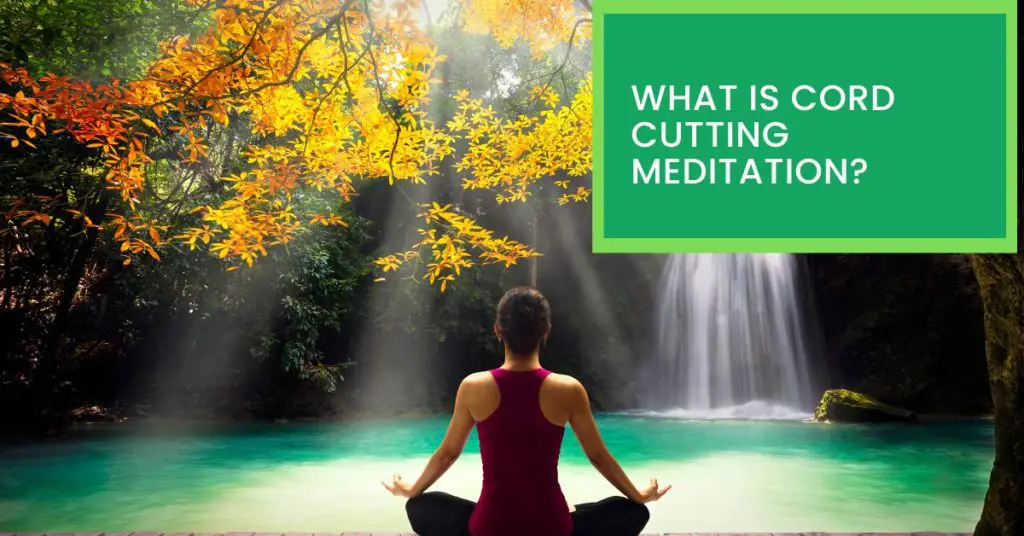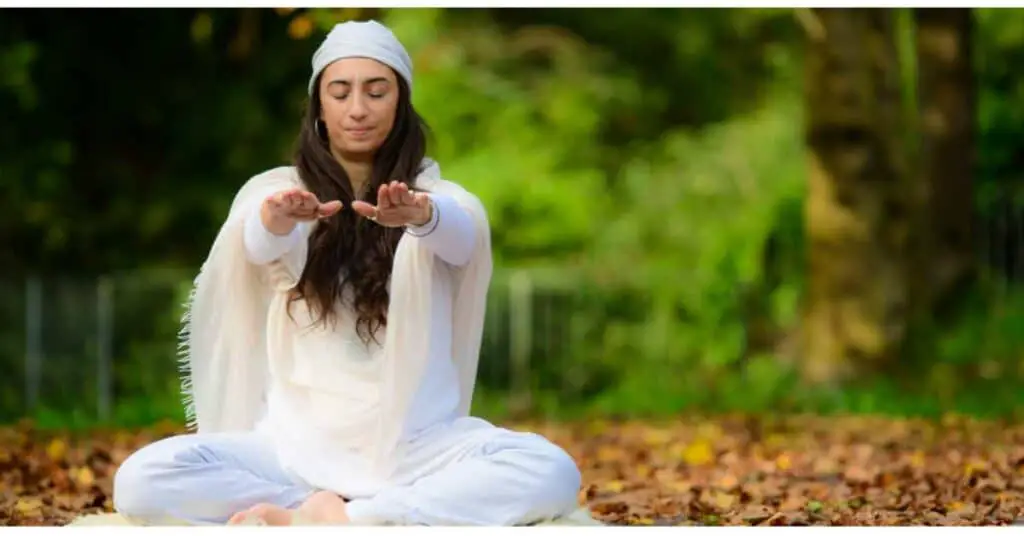Meditation is the practice of training your mind to focus and stay still. This can be done in a number of ways, including focusing on your breath, on a mantra, or on a certain object.
Stillness meditation is a form of mindfulness meditation in which you focus on being still and quieting your mind and body. To do this, you first need to find a comfortable place to sit or lie down. Once you’re comfortable, close your eyes and begin to focus on your breath. As you breathe in and out, try to notice the rise and fall of your chest and the sensation of the air moving through your nose. As you become more aware of your breath, you may also start to notice other sensations in your body, such as the sound of your heartbeat or the feeling of your skin. Once you’re tuned into these sensations, start to pay attention to any thoughts or feelings that arise.
Don’t judge or try to hold onto these thoughts; simply let them come and go as they please. After a few minutes of mindfulness, affirm something positive into your life, such as “I am safe” or “I am loved.” Repeat this affirmation several times before opening your eyes and returning to your day.
The benefits of stillness meditation:
The benefits of stillness meditation are numerous. In our fast-paced, constantly-connected world, it can be difficult to find time to just sit and be. However, making even a small commitment to stillness meditation can pay off in dividends. Studies have shown that regular meditation can help to reduce stress levels, improve concentration and focus, boost immune function, and promote overall well-being. In addition, stillness meditation is a great way to connect with your own inner voice and wisdom. When we take the time to be still and quiet, we open up the space for self-reflection and introspection. As a result, we can gain greater clarity about who we are and what we want out of life. If you’re looking for a way to boost your physical and mental health, as well as your overall sense of wellbeing, give stillness meditation a try.
How to practice stillness meditation:
If you’re new to meditation, it can be helpful to start with shorter sessions and gradually work up to longer ones. To begin, find a comfortable place to sit or recline in. Close your eyes and focus on your breath. Notice the sensation of the air moving in and out of your lungs. try to let go of any other thoughts that come into your mind, and simply focus on your breathing. If your mind wanders, gently bring it back to the breath. Once you’ve settled into a rhythm, slowly begin to lengthen the duration of your inhalations and exhalations. You can also add counting to your breath if it helps you to focus. Start with a count of four on the inhale, and then four on the exhale. Once you’ve reached a count of eight, start over at four again. Continue in this way until you reach a comfortable count of 10. Then, simply let go of the counting and focus on your breath once again.
Remain in this position for as long as you like, continuing to focus on your breath. When you’re ready to finish, slowly open your eyes and take a few deep breaths. Notice how you feel after your meditation session. You may find that you’re more calm and centered than before. With regular practice, you’ll likely find that the benefits of stillness meditation become more pronounced. Give it a try today!
How can you make sure that your practice of stillness meditation is effective and beneficial for you personally?
There is no one answer to this question, as everyone’s experience with meditation will be different. However, there are a few general tips that can help you get the most out of your practice. First, it’s important to find a comfortable place to sit or recline in. This will help your body to relax and prevent you from becoming restless during your session. Second, focus on your breath and count each inhale and exhale if it helps you to concentrate. If your mind begins to wander, gently bring it back to the breath. Finally, don’t worry if you can’t sit still for long periods of time at first. With regular practice, you’ll likely find that you’re able to meditate for longer periods of
What are some of the challenges that people face when practicing stillness meditation, and how can you overcome them?
One of the challenges that people face when practicing stillness meditation is dealing with a wandering mind. It’s natural for our thoughts to wander during meditation, but it can be frustrating if we can’t seem to focus on anything else. One way to overcome this challenge is to focus on your breath and count each inhale and exhale. This can help to ground you in the present moment and prevent your mind from wandering.
Another challenge that people sometimes face is dealing with physical discomfort. If you’re new to meditation, it’s important to find a comfortable place to sit or recline in. You may also want to start with shorter sessions and gradually work up to longer ones. With regular practice, you’ll likely find that you’re able to sit for longer periods of time without feeling uncomfortable.
What are some tips for those who want to start practicing stillness meditation?
If you’re struggling to find the time to meditate, or if you find it difficult to sit still for long periods of time, there are a few things you can do to make it easier. First, try setting aside a specific time each day for your meditation practice. This can help to ensure that you don’t miss a session. Second, start with shorter sessions and gradually work up to longer ones. Finally, be patient with yourself and don’t expect perfection. Meditation is a journey, not a destination, and it’s important to enjoy the process.
Although there are numerous advantages to practicing stillness meditation, it is essential to find a method that suits you best. With regularity, the benefits will become more and more significant. Don’t wait – give it an authentic try today!
Conclusion
Stillness meditation can be a helpful and beneficial practice for many people. However, it’s important to find a method that works for you personally. With regular practice, you’ll likely find that the benefits of stillness meditation become more pronounced. Give it a try today!





